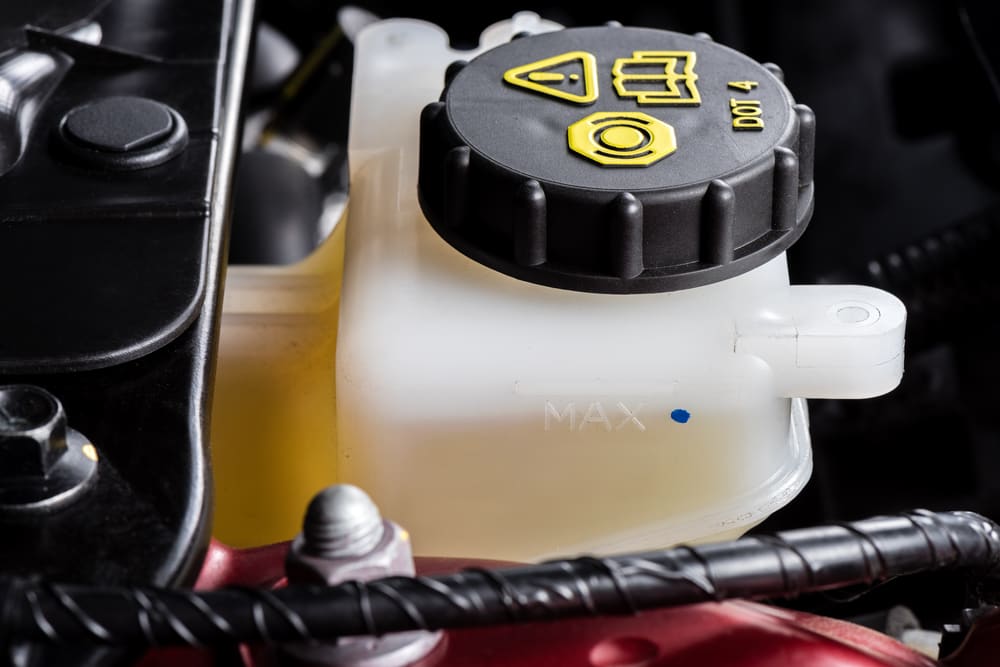

Cars with a manual transmission require fluid to change the pressure between the master cylinder (the clutch fluid reservoir) and the slave cylinder (the unit at the other end of the mechanism which facilitates engagement of the clutch). The fluid flows from the master to the slave when the clutch pedal is depressed, allowing you to change gears while driving.
There’s a secret to clutch fluid – whether in a conventional transmission or one with a hydraulic clutch – it doesn’t exist. Brake fluid is actually what’s used in these systems. It may be labeled under the name “clutch fluid” but you can be sure, as there’s no such thing, that the liquid inside is brake fluid.
Gradual loss of brake fluid in the clutch system is expected – but it shouldn’t need anything more than to be topped off on rare occasion. If you notice a sudden drop in fluid in the master cylinder you may have a leak and the components should be professionally inspected.
How to tell if your clutch fluid is low:
Slipping gears – low fluid prevents the clutch from engaging, which stops you from effectively changing gears
Unpredictable vehicle motion – lack of proper fluid levels can cause the car to buck and lurch
Vibration or grinding – either of these events during shifting can indicate low clutch fluid
Tips to make sure you’re getting good quality clutch fluid:
Choose a well-respected brand of DOT-4 brake fluid.
Don’t be fooled by “clutch fluid” labels on higher priced bottles. It’s the exact same thing as what’s in the brake fluid bottle.
Do not use DOT-5 brake fluid. DOT-3 is acceptable but DOT-5 contain silicone which cannot mix with other brake fluids and could cause damage to your transmission.
YourMechanic supplies top-quality clutch fluid to our certified mobile technicians. We can also install clutch fluid that you've purchased. Click here to get a quote and more information on clutch fluid replacement.



